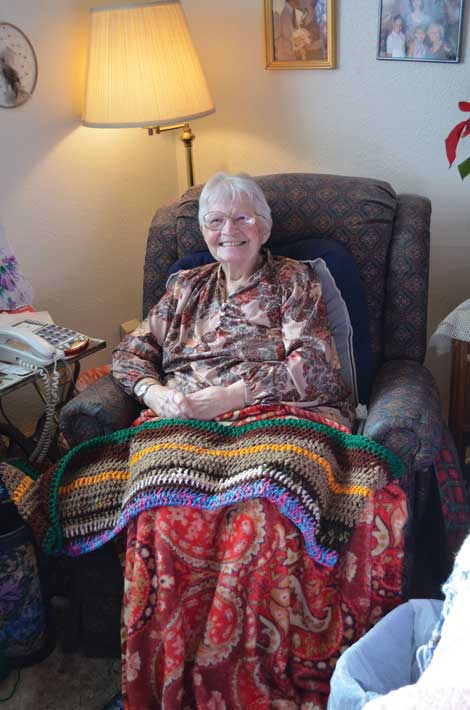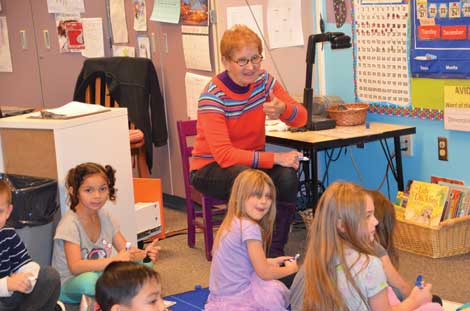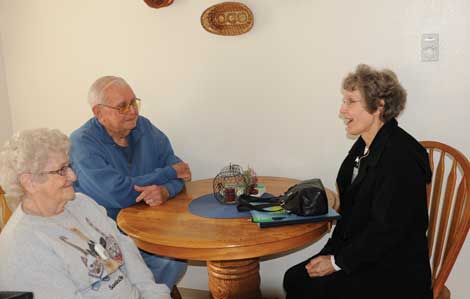Making the at-home option possible

According to Maria Holt, client care supervisor and Tacoma branch manager for Family Resource Home Care, by the year 2016, the population is expected to consist of more people over the age of 65 than school-age children.
“The population is aging at an incredible rate,†said Holt.
Family Resource Home Care provides in-home care services that are geared to allow clients to stay in their homes as long as possible. The company offers non-medical assistance to help clients live at home comfortably and independently by providing assistance with bathing, toileting, dressing, grooming, walking and medications.
Family Resource personnel also help with meal planning and preparation, run errands, and provide companionship and respite care. Caregivers will do light housekeeping, including laundry and linens.
“People want to stay at home, and now they have that option,†said Holt.
Family Resource Home Care will meet with families and complete an assessment visit at no charge, said Holt.
“What is important is talking to the person and family and going over the options for them, not telling them what to do,†she said.
That assessment visit includes determining how the client likes things done, such as what time they like to take their shower and eat breakfast, or understanding if they need help with medications.
Holt said the safety of all clients is extremely important to Family Resource Home Care, which does a thorough background check on all employees.
“As a licensed homecare agency in the Washington, our employees have to be bondable. We do an FBI background check with fingerprinting, which has been a requirement since 2012 for home healthcare agencies,†she said.
The screening also includes a State Patrol background check and a third-party company that completes a nationwide background check. All employees must have a certified nurse aide license or registered nurse aide license, said Holt.
Sheila McKannay, vice president of client care, said she, the staff and the owner of Family Resource Home Care all have years of experience working in elder care.
The company offers care from the beginning of services to the very end in an effort to provide a positive experience for the clients and the family members, said McKannay.
“We make it very personal. When someone calls to inquire about our services, we want to know about their loved one, their situation and everything that we can, because the more we know, the better job we can do,†she said, adding that a home visit to learn about the client and develop good communication is also important.
Family Resource Home Care serves over 350 clients and employs 350-plus caregivers.
Clients can use a minimum of two hours to 24 hours of care per day. A family member makes the determination of how may hours of service are needed.
“When I do an assessment, I ask what is the most pressing need. Is the client falling at night? I ask the questions and they are able to decide what they need. We are flexible,†she said.
McKannay noted the industry has grown extensively in the last 10 to 12 years.
“People are living longer and have the option of staying home, and with the explosion of senior living communities, elder care has become a big business,†she said.
Eddy Renstrom and his brother used Family Resource Home Care for their mother. “They were wonderful,†he said. “We started out with three days a week for a couple of hours a day to help mom with bathing and with her grooming, and then they developed a good friendship.â€
Renstrom said his mother confided in the caregiver, and often after her routine work was completed, the caregiver stayed to watch a movie with his mom.
McKannay said Family Resource Home Care is responsive to changing needs and makes an on-call supervisor available for emergencies 24 hours a day. More information is available at familyresourcehomecare.com.
Joan Cronk, who wrote this article, is a freelance writer.


